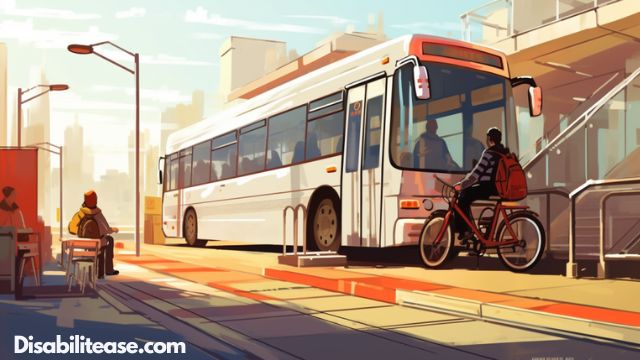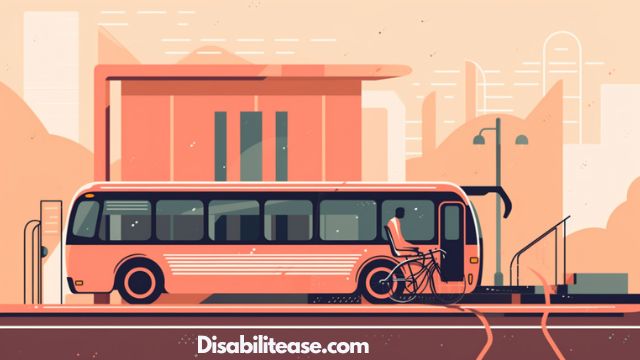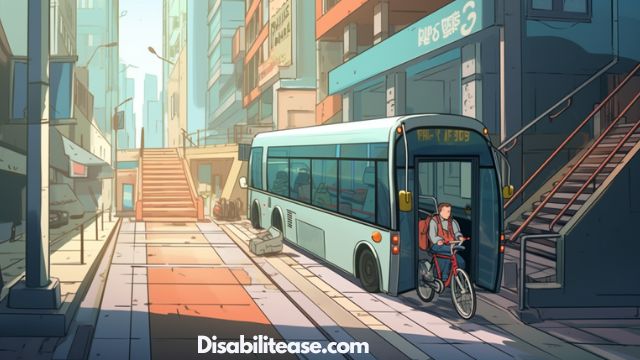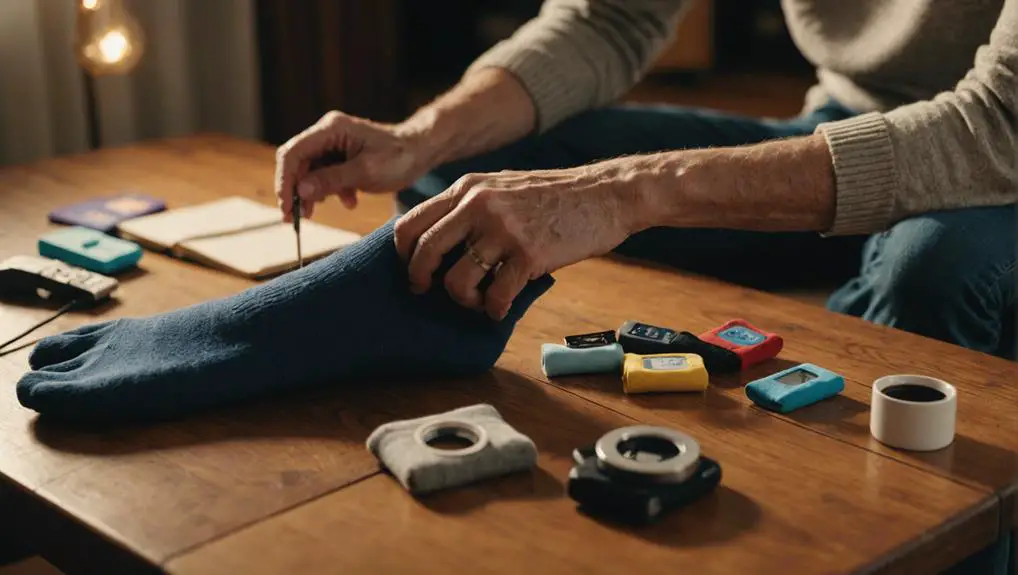Making public transportation accessible for disabled individuals is an important step in creating a more equitable society. Unfortunately, many public transportation systems are not designed with the needs of the disabled community in mind.

In this article, we’ll look at some of the ways that public transportation can be made more accessible and inclusive for people living with disabilities.
We’ll discuss infrastructure changes, assistance services, and technology solutions that can help make commuting easier and safer for those with mobility challenges.
Table of Contents
Ways to Make Public Transportation More Accessible for Disabled People
By taking these steps together, we can create a public transit system that works for everyone.
Accessible Infrastructure
By ensuring that infrastructure is up-to-date and accessible, you can make public transportation a great option for those with disabilities.
Improved signage can help guide individuals to the right stops and on the correct route, and better lighting can ensure that those with vision impairments are able to find their way around safely.
Disabled individuals should also be provided with access ramps or lifts at all stations so they don’t have to worry about steps or stairs.
Additionally, tactile paving can be used to create new paths in unfamiliar areas so visually impaired people are able to easily follow them.
It’s also important that public transport vehicles are outfitted with wheelchair spaces and handholds for those who need extra support when traveling by bus or train. These features should be easy for disabled people to locate and use without assistance from others.
Furthermore, audio announcements should be clearly audible from any location in order to provide information on the arrivals and departures of trains and buses. Making sure all parts of the infrastructure are usable by everyone is essential if we’re aiming for true accessibility on public transport networks.
This would also include providing helpful staff wherever possible, as well as installing accessible bathrooms in stations which could benefit many disabled passengers each day.

Mobility Assistance Services
You can ensure increased accessibility for those with disabilities through mobility assistance services. Providing support and improving awareness of these services is key to increasing accessibility for disabled individuals.
Mobility assistance services provide a range of support to people with disabilities, including assistive devices like wheelchairs, walkers, and canes. They also offer traveling companions such as escorts/guides and companions or assistants to help with travel-related tasks.
These services aim to reduce the risk of injury or harm that may come from traveling alone, as well as increase independence and self-confidence in those who need them. They can allow people with disabilities to access public transportation more easily and safely without relying on family members or friends for support.
Additionally, providing training and education around these services helps create a more inclusive environment for travelers with disabilities. This includes teaching staff members how best to interact and assist passengers with special needs, so they feel comfortable using public transportation systems.
By offering mobility assistance services, we can work towards creating an accessible world for everyone.
Technology Solutions

Technology solutions are essential for creating an accessible environment for those with disabilities, allowing them to confidently and safely navigate public spaces.
Smart buses can be outfitted with ramps or lifts, as well as audio announcements of the bus’s route and destination in multiple languages. This will allow individuals who are blind or visually impaired to more easily access transportation services.
Additionally, voice recognition technology can be used by those with mobility impairments that make it difficult to operate traditional controls and buttons on buses. By equipping buses with this technology, disabled individuals would have a more reliable way of navigating public transportation systems without relying on assistance from others.
One example of how technology is being utilized in public transportation is the installation of tactile flooring at subway stations throughout New York City. This provides a guide for blind and visually impaired people that allows them to locate the edges of platforms and stairs leading up or down safely.
Furthermore, other cities around the world are investing in intelligent transport systems (ITS) which use advanced technologies such as sensors and real-time data analysis to detect possible traffic problems before they occur.
Ultimately, these efforts are helping create an environment where disabled individuals have equal access to public transportation services without having to worry about physical barriers getting in their way.
In order for disabled individuals to feel comfortable using public transportation, accessibility initiatives must continue to prioritize investing in smart technologies that enable them easy navigate through their journey while also providing safety features like automated announcements and tactile flooring guides when needed.
With further development of these technological solutions, we can move towards creating an inclusive transit system that works for everyone, regardless of their abilities or disabilities.
Conclusion
You’ve seen how making public transportation more accessible for people with disabilities can be achieved through infrastructure, mobility assistance services, and technology solutions.
By taking advantage of these resources, disabled individuals have the opportunity to take control of their lives and access the places they need to go.
It’s important that we continue to strive for greater accessibility in all areas of life, so everyone can enjoy equal access to our society.
With improved public transportation options available, we can come closer to realizing this goal.

Hi, my name is Eddie, I am a professional trainer specializing in the elderly population and I’m also a website designer. I love training in the gym, going to the beach, traveling, and having good food.
I combined my love for sport and website designing to make “DisabilitEase” whose purpose is to help elderly and disabled people live a more full and active life, have more fun, and enjoy their unique journey despite any disability.


